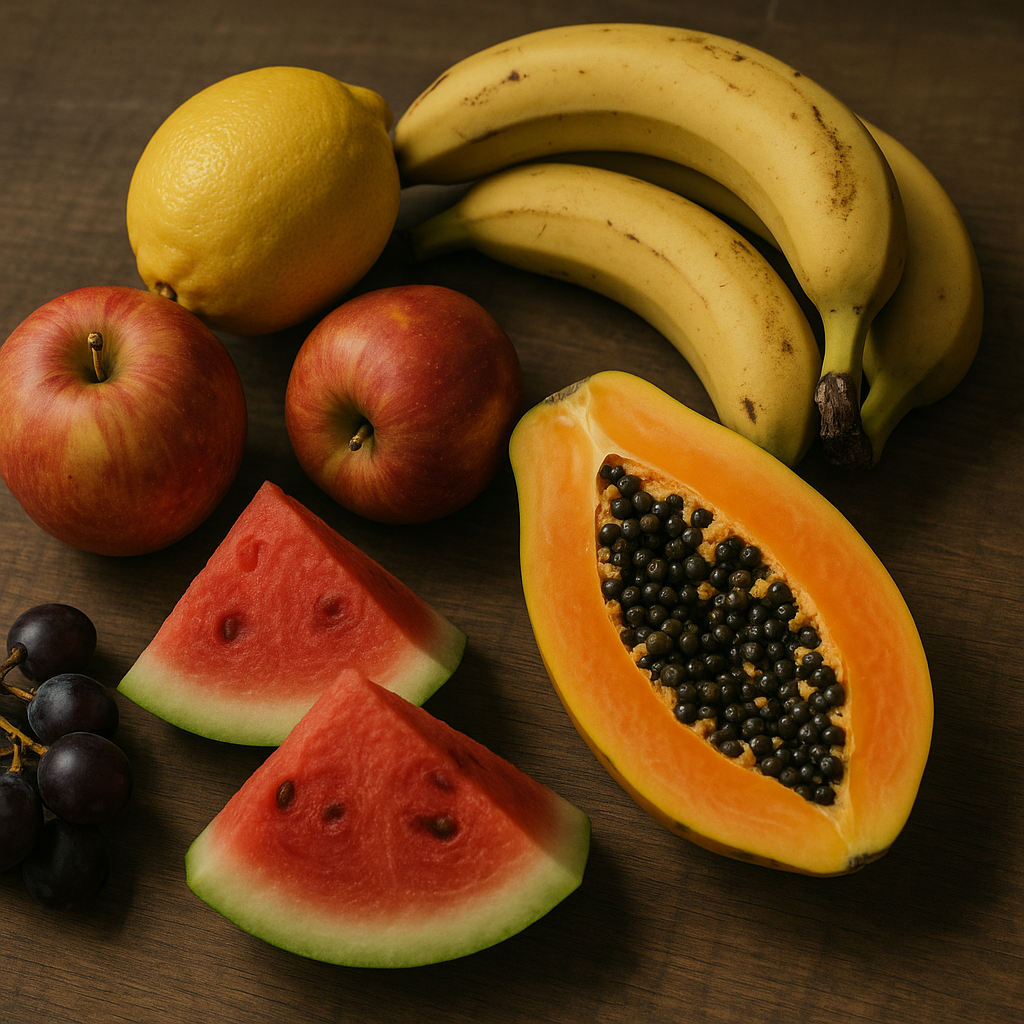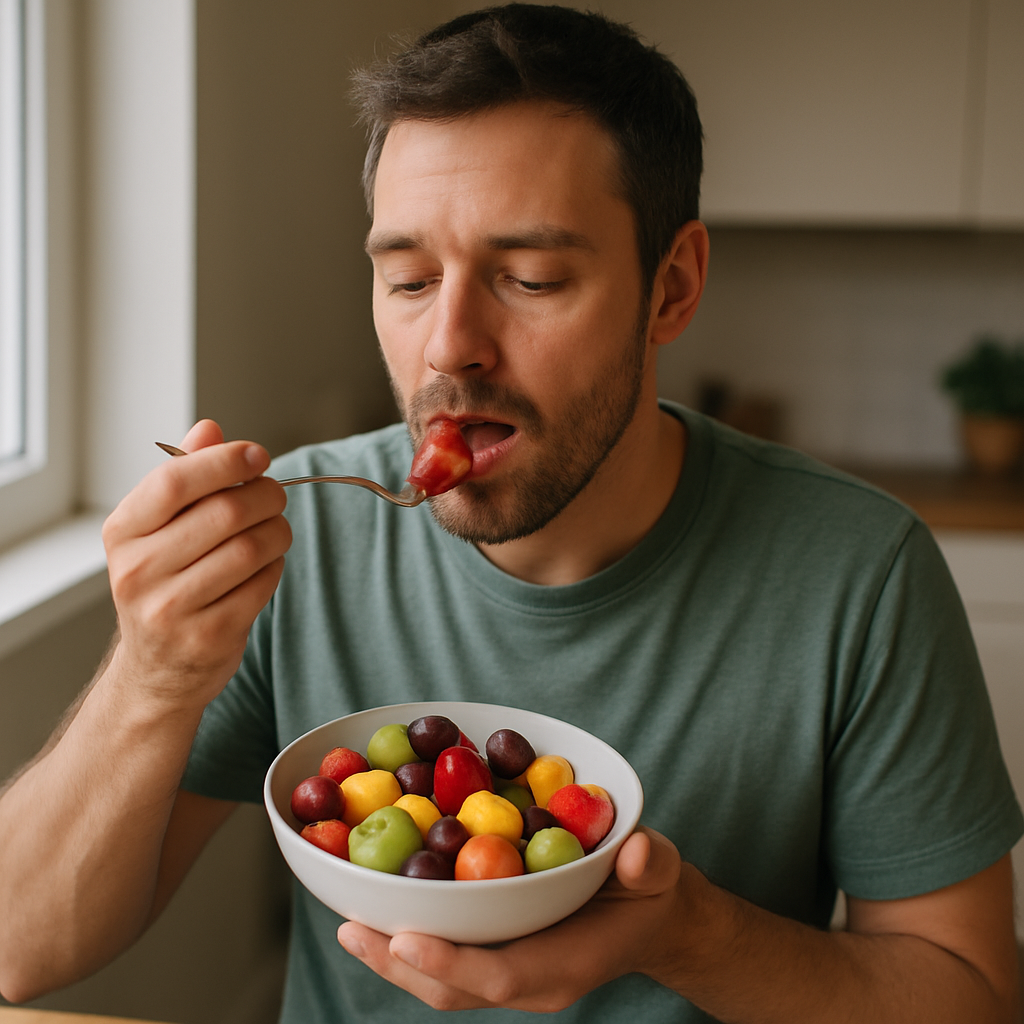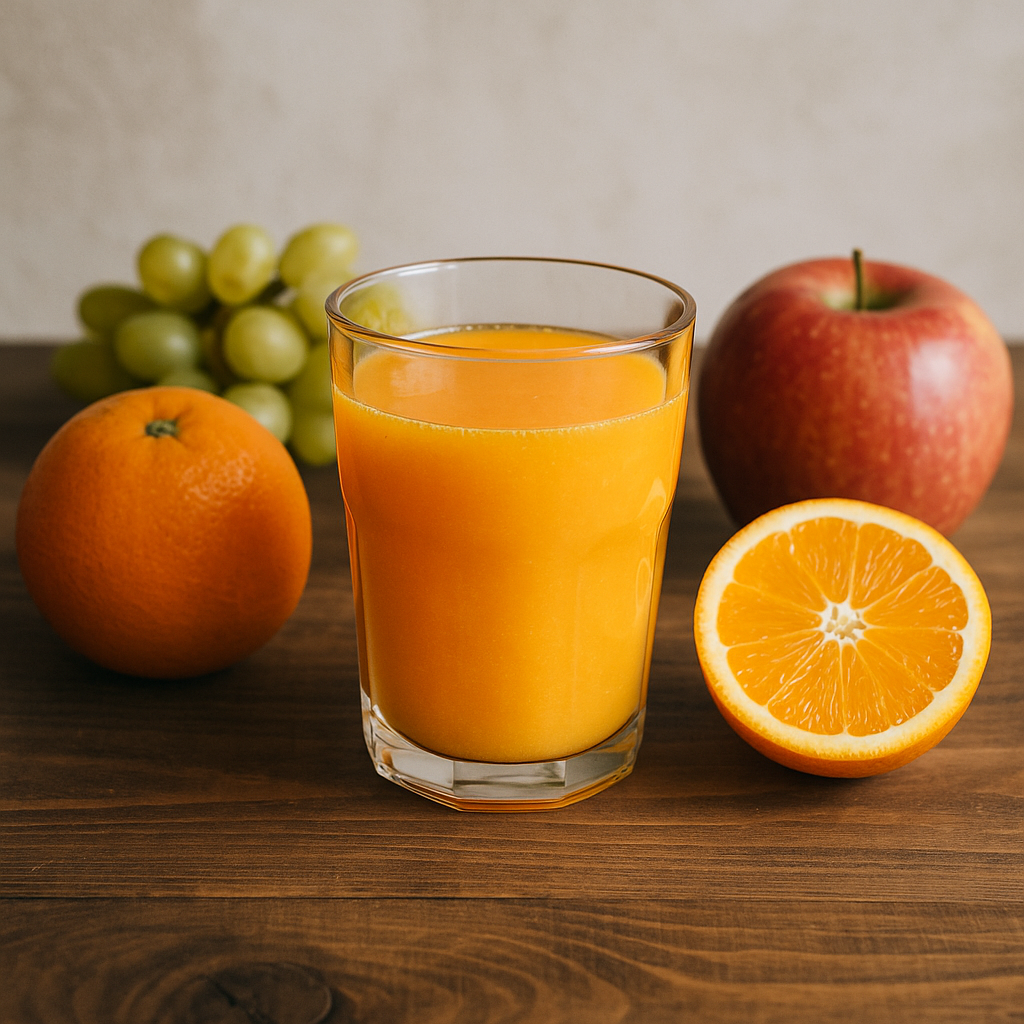Ask Ayurvedic doctor a question and get a consultation online on the problem of your concern in a free or paid mode. More than 2,000 experienced doctors work and wait for your questions on our site and help users to solve their health problems every day.
Shop Now in Our Store
Which Fruit Is Not Good for Piles: What to Avoid and What to Eat

Dealing with piles—also known as hemorrhoids—isn’t exactly a dinner table topic, but it affects millions of people and can seriously mess with daily life. If you've been wondering which fruit is not good for piles, or which fruit is good for piles and can actually help soothe symptoms, you're in the right place. Whether you're looking for relief or simply want to prevent flare-ups, understanding the role of diet—especially fruit—is key.
Some fruits are your best friends during a piles episode, offering fiber, hydration, and anti-inflammatory benefits. Others? Not so much. In fact, certain fruits can make things worse by irritating the digestive tract or causing bloating, gas, and discomfort. So let’s clear up the confusion: this guide covers the best fruit for piles, fruit for piles relief, which fruit juice is good for piles, and yes—which fruit is not good for piles (you really wanna know). Let’s get into it.

Which Fruit Is Not Good for Piles and Why
Fruits to Avoid in Piles for Better Digestion
Let’s start with the not-so-good news. While fruits are generally healthy, not all fruits are great when you’re dealing with piles. Some can worsen symptoms, cause bloating, or lead to constipation (and that’s the last thing you want when you're already in pain).
So, which fruit is not good for piles?
-
Unripe bananas – Yep, bananas are usually a go-to, but unripe ones are starchy and low in fiber. They can lead to constipation, which can trigger or worsen piles. Stick with ripe bananas if you must.
-
Persimmons – High in tannins, persimmons can slow down digestion and make stool hard and dry.
-
Guava with seeds – Guava is fibrous, yes, but the seeds can be rough on your system and may irritate your bowel lining, especially if you have internal hemorrhoids.
-
Dried fruits with preservatives – Think sweetened dried pineapple or packaged dried apricots. These often contain sulfites that may irritate your gut.
-
Citrus fruits in excess – They’re not “bad” per se, but too much citrus can cause stomach acid to spike and irritate the anal lining if you're already inflamed.
So if you’re wondering “piles fruits to avoid”, now you know. It’s not about cutting these fruits out completely, but it’s wise to limit them—especially during flare-ups.
How Certain Fruits Can Trigger Piles Symptoms
Fruits with low fiber, high sugar, or acidity can mess with your gut. Take fruit juices loaded with added sugar, for example. They seem healthy but spike blood sugar, cause inflammation, and lack the fiber that helps keep your stool soft.
Excess fructose (like from too many grapes or apples) can also cause bloating or gas in some people, leading to pressure in the lower abdomen—yep, that means pressure on your piles.
Another less obvious trigger? Fruits eaten in large quantities without enough water. Fiber needs water to work. Otherwise, you could end up with hard stools and even more discomfort. It’s not just about which fruit is best for piles treatment, but also how and when you eat them.

Which Fruit Is Good for Piles and Promotes Relief
Now that we’ve covered the fruits to avoid, let’s talk about the stars of the show—fruits that actually help. If you’ve been typing "which fruit is good for piles" into Google at 3 a.m., here’s your answer.
Best Fruit for Piles Treatment Naturally
When it comes to softening stools, reducing inflammation, and improving digestion, some fruits really pull their weight. Here's the shortlist of best fruit for piles treatment:
-
Ripe bananas – When fully ripe, bananas are easy to digest and help bulk up stool while also making it softer. They’re a staple in most piles-friendly diets.
-
Papaya – Oh yes. This tropical fruit is a natural digestive aid, thanks to an enzyme called papain. It helps break down proteins and eases bowel movement.
-
Berries (like blueberries and strawberries) – They’re rich in fiber and antioxidants, which can support healing and reduce inflammation around hemorrhoids.
-
Pears – Super high in fiber, especially if you eat the skin. Great for keeping things moving down there.
-
Apples – With skin on, apples offer soluble and insoluble fiber, which help regulate bowel movements. Just don’t overdo it if apples make you gassy.
-
Figs – Fresh or soaked dried figs are excellent for piles sufferers. They’re rich in fiber and act as a gentle laxative.
So if you’re wondering which fruit is best for piles, these are the ones to reach for. Just remember to pair them with plenty of water.
Which Fruit Is Best for Piles According to Ayurveda
Ayurveda, the ancient Indian system of medicine, has its own take on which fruit is best for piles. According to Ayurvedic practitioners, fruits with cooling, hydrating, and fiber-rich qualities are the most beneficial.
-
Bael fruit (also known as wood apple): Used traditionally to cleanse the colon and ease constipation.
-
Black raisins: When soaked overnight, these help improve bowel movement and reduce pressure during defecation.
-
Amla (Indian gooseberry): High in vitamin C and antioxidants, it helps reduce inflammation and supports tissue healing.
Ayurveda also advises against eating too many “heating” or acidic fruits during flare-ups—so again, moderation is key.
Which Fruit Juice Is Good for Piles and Hemorrhoids
Fruit juice can be a soothing addition to your diet—if you choose the right ones. So, which fruit juice is good for piles?
-
Prune juice: A classic remedy for constipation. Just half a glass in the morning can get things moving naturally.
-
Aloe vera and apple juice blend: This combo is cooling and soothing to the digestive tract.
-
Pomegranate juice: Slightly astringent but rich in antioxidants and fiber. Great for healing and improving digestion.
-
Papaya juice: Easy to make, and great for softening stool.
Just remember: the best fruit juice for piles is always 100% natural, no added sugar, and ideally homemade. Store-bought juices with additives? Not your friend.

Diet Tips: Fruit for Piles Prevention and Healing
Eating fruit is a powerful step toward managing piles, but it works best when paired with a few smart lifestyle and dietary changes. Here’s how to go beyond just asking “which fruit is good for piles” and actually use that info to feel better—every day.
Best Fruit Juice for Piles Relief at Home
You don’t need fancy supplements or expensive juices. In fact, the best fruit juice for piles is likely already in your kitchen. Here are a few home-friendly options:
-
Soaked fig water: Soak 2–3 dried figs in water overnight. Drink the water in the morning and eat the figs. It’s a gentle natural laxative.
-
Fresh orange juice with pulp: Offers hydration and fiber (if you include the pulp!). Helps keep things soft and regular.
-
Watermelon juice: Hydrating, cooling, and great during summer when dehydration can trigger constipation.
-
Amla juice: Known for its healing and anti-inflammatory benefits. Can be a little tart, so mix with honey or another juice if needed.
Make sure you're drinking these fresh—not the sugar-loaded stuff from a box. If you’re serious about using fruit for piles prevention, stay close to nature.
Balanced Diet and Lifestyle Along with Fruit Choices
Let’s be real—fruit alone won’t save you from piles if the rest of your diet is trash. Here’s what else to keep in mind:
-
Stay hydrated. Fiber without water = hard stool. Not fun.
-
Exercise regularly. Even a 20-minute walk helps your digestive system.
-
Avoid straining. If you’re pushing during bowel movements, you're only making things worse.
-
Add whole grains, veggies, and legumes to your meals for complete fiber intake.
-
Cut back on processed foods, caffeine, and alcohol. (Yeah, the boring advice... but it works.)
Combine these habits with the right fruit intake and you’re setting yourself up for long-term relief.
Conclusion
So, now you know which fruit is not good for piles, and more importantly, which ones are. While it might feel like a minor dietary tweak, choosing the right fruits—and juices—can really help ease symptoms and even prevent future flare-ups. The best fruit for piles is one that’s rich in fiber, easy to digest, and part of a larger lifestyle shift toward healing and prevention.
Don’t forget: listen to your body, stay hydrated, and don’t rely on fruit alone—piles require a whole-body approach. Try a few of these suggestions, and share this article with someone else dealing with the same thing. You never know who needs it.
FAQs
Is banana good or bad for piles?
Ripe bananas are good—they’re gentle on the stomach and help regulate bowel movements. But unripe bananas? Not so much. They can constipate you, so avoid them during a flare-up.
Which fruit is best for reducing inflammation in piles?
Fruits like papaya, berries, and amla (Indian gooseberry) are great for reducing inflammation. They're rich in antioxidants and easy to digest.
Can citrus fruits worsen piles symptoms?
Yes, in some cases. While citrus fruits are high in vitamin C, eating too many—especially on an empty stomach—can irritate the gut and worsen piles pain or itchiness.
Are dry fruits safe to consume if you have piles?
Yes and no. Natural dry fruits like raisins and figs (especially soaked) can be helpful. But processed or sweetened dried fruits often have preservatives and added sugar that could irritate your system.
Ready to take control of your health?
Share this article with a friend, bookmark it for later, and start building your piles-friendly diet today. Little steps = big relief.
This article is checked by the current qualified Dr Sujal Patil and can be considered a reliable source of information for users of the site.

